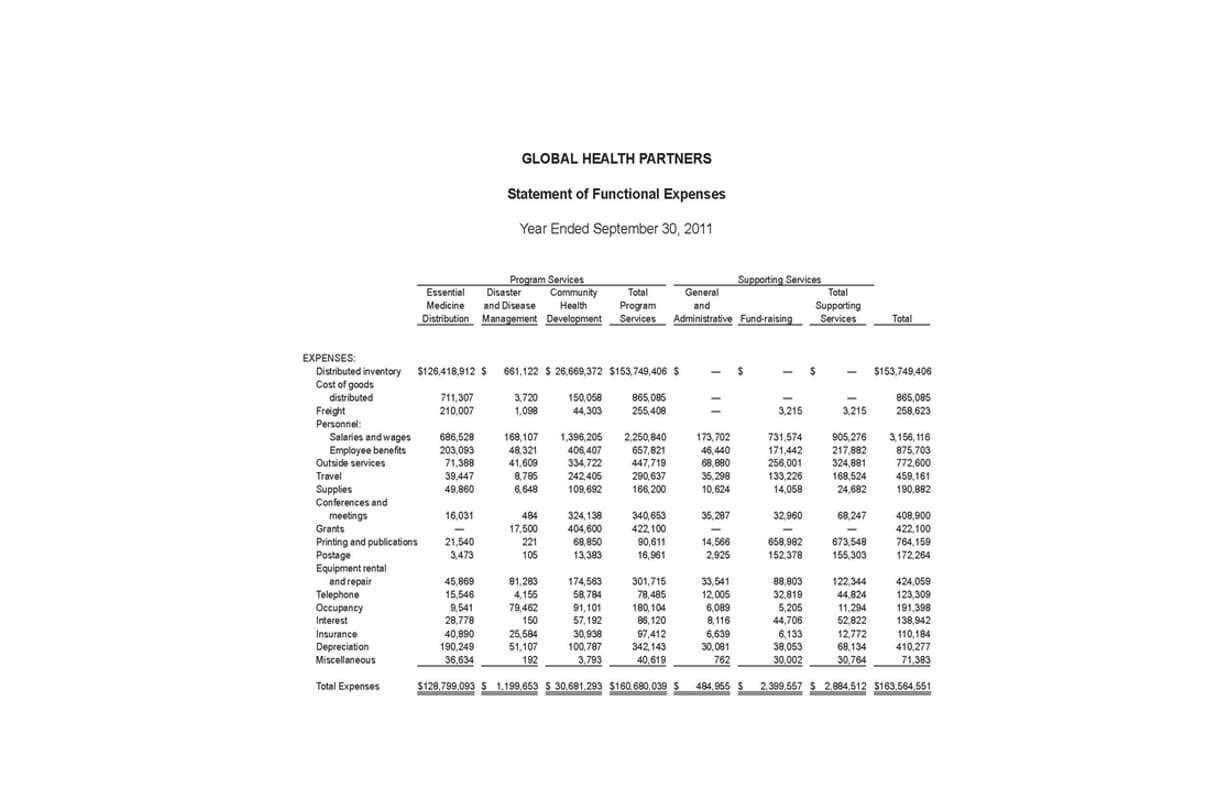
This method depreciates the machine at its straight-line depreciation percentage times its remaining depreciable amount each year. In earlier years, an asset’s higher value leads to larger depreciation expenses, which decrease annually. The original cost of an asset is its initial purchase price, while depreciation is the decrease in value over time due to wear and tear, obsolescence, or other factors. The annual depreciation amount is calculated by dividing the total depreciation by the expected useful life of the asset. Salvage value is the estimated residual value of an asset at the end of its useful life.
How is Salvage Value Calculated?
Companies that fail to keep detailed records justifying their calculations are more likely to face audit issues. It’s essential to document market research, expert evaluations, and historical sales data of similar assets. It uses the straight-line percentage on the remaining value of the asset, which results in a larger depreciation expense in the earlier years. Assets subjected to high loads may have reduced salvage values, as the increased stress can lead to premature wear and tear.

Salvage Value in Asset Management

The market residual value is the estimated amount an asset can be sold for at the end of its useful life, excluding disposal costs. Businesses often conduct market research or consult industry experts to evaluate demand and pricing trends for similar used assets. Factors such as market saturation, technological obsolescence, and economic conditions play a role, as do regulatory considerations like environmental laws. Accurate estimation of residual value is crucial, as it directly affects depreciation expense and the asset’s net book value on financial statements.
Factors Affecting Salvage Value Determination
However, when an asset is sold for more than its book value (original cost minus accumulated depreciation), the excess is treated as a gain and can be subject to taxes. Conversely, if the asset is sold for less than its book value, it results in a loss, which can be used to offset other gains. Salvage value is a fundamental aspect of asset depreciation that affects financial statements, tax calculations, and business strategies. Its estimation requires careful consideration of various factors and can significantly influence the depreciation expenses recorded by a Outsource Invoicing company.

The salvage value guides not only the total depreciation expense but also its distribution across financial periods, impacting the asset’s book value and the company’s financial statements. Estimating salvage value is not an exact science but rather a combination of data analysis, market understanding, and professional judgment. It’s a vital component of asset management and financial planning, affecting both the balance sheet and the income statement.
- This method requires precise tracking of production metrics to ensure depreciation aligns with the asset’s operational contribution.
- Salvage value represents the expected amount a company can recover from an asset at the end of its useful life, often influencing depreciation calculations.
- For example, suppose a company sells a machine for $20,000 at the end of its useful life, and the book value of the machine is $10,000.
- For instance, machinery with a high initial cost and advanced technology might retain higher salvage value due to its resale potential.
It is not merely a figure to be subtracted at the end of a depreciation schedule; rather, it is an integral component that influences the annual depreciation expense. From the perspective of a business owner, the salvage value is a key factor in investment decisions, as it affects the total cost of ownership of an asset. For cash flow accountants, it ensures that the depreciation schedules reflect a realistic representation of an asset’s value over time. Tax authorities also scrutinize this value, as it impacts the deductions a business can claim.
- For example, if the exchange rate between two currencies changes, the value of an asset in one currency may decrease or increase.
- This method requires an estimate for the total units an asset will produce over its useful life.
- Starting from the original cost of purchase, we must deduct the product of the annual depreciation expense and the number of years.
- Understanding the concept of salvage value and its tax implications is crucial for businesses as it directly affects their financial statements and tax reporting.

Depreciation is recorded in the income statement, while the cost of the asset is recorded on the company’s balance sheet. For example, if an asset has an original cost of $10,000 and a salvage value of $2,000, the total depreciation would be $8,000. Businesses often make the mistake of applying a uniform salvage value percentage across different asset classes without considering the unique characteristics and market demand for each class. For instance, IT equipment such as servers and computers may become obsolete faster than industrial machinery, warranting a lower salvage value. From an individual taxpayer’s standpoint, reporting salvage income ensures compliance with tax laws salvage value is treated as: and can affect one’s taxable income.


